Mastering the art of layering clothes is an essential skill for navigating diverse weather conditions while maintaining both comfort and style. Whether you’re trekking through snow-covered mountains, exploring humid tropical environments, or simply dealing with unpredictable seasonal transitions, strategic layering can make all the difference in your experience. This comprehensive guide will walk you through the fundamental principles of layering for various climates, helping you stay comfortable in any environment while looking your best. By understanding how different fabrics interact with your body and the elements, you’ll be equipped to build versatile wardrobes that serve you well in any temperature or weather condition.
Understanding the Science Behind Layering
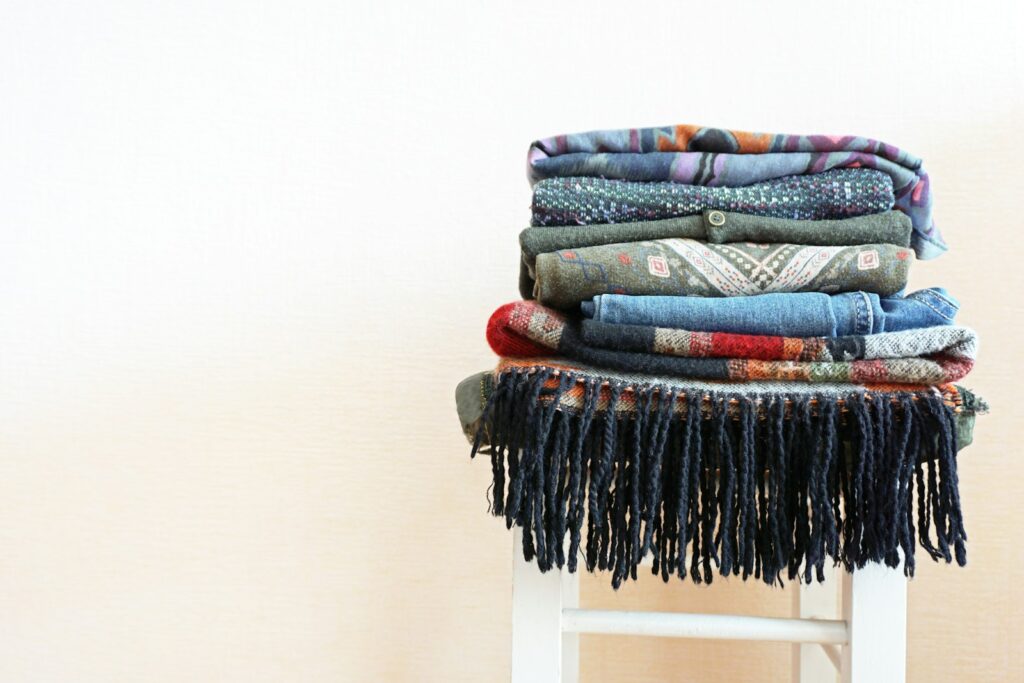
The effectiveness of layering clothes isn’t just about adding more garments—it’s rooted in scientific principles of heat retention and moisture management. Our bodies constantly generate heat and moisture, creating a microclimate between our skin and clothing that needs proper regulation. When done correctly, layering creates insulating air pockets that trap body heat while allowing excess warmth and moisture to escape, preventing both overheating and chilling. This system works because air is an excellent insulator, and multiple thin layers actually provide better insulation than one thick layer while offering the flexibility to adjust as conditions change. Understanding this science helps explain why technical outdoor enthusiasts have refined layering into a precise system that balances thermal regulation with moisture management.
The Three-Layer System: A Foundation for All Climates

The classic three-layer system forms the backbone of effective clothing strategies for variable conditions and serves as an excellent starting point for layering in most climates. The base layer sits against your skin and focuses primarily on moisture management, wicking sweat away to keep you dry and prevent chilling. The mid layer provides insulation by trapping warm air close to your body, with its thickness varying based on temperature conditions. The outer shell or protection layer defends against external elements like wind, rain, or snow while allowing interior moisture to escape. This system’s brilliance lies in its adaptability—you can add or remove layers as conditions change throughout the day, or modify the thickness of individual components to suit specific climate needs. The three-layer approach provides a conceptual framework that can be customized for everything from arctic expeditions to mild autumn days.
Choosing the Right Base Layers
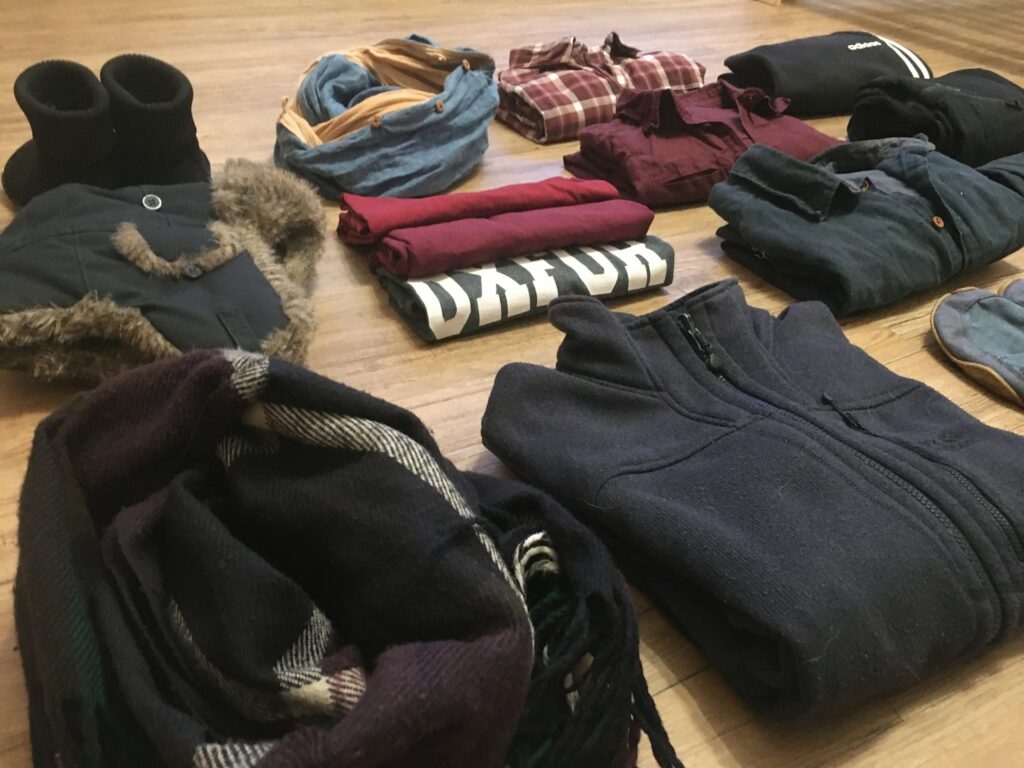
Base layers form the foundation of any layering system, making direct contact with your skin and significantly impacting your overall comfort. For cold conditions, merino wool stands out as a premium natural option that offers excellent warmth, remarkable odor resistance, and the ability to insulate even when damp. Synthetic materials like polyester and nylon blends provide superior moisture-wicking capabilities and quick-drying performance, making them ideal for high-intensity activities where sweat management is crucial. In warm climates, lightweight, loose-fitting base layers made from breathable natural fibers like cotton, linen, or bamboo can help keep you cool and comfortable by allowing air circulation. The fit of your base layer matters tremendously—it should be snug enough to effectively wick moisture without restricting movement or creating uncomfortable pressure points that might become problematic during extended wear.
Mid Layers: Insulation Strategies for Different Temperatures

Mid layers serve as your primary insulation component, and selecting the appropriate option depends largely on the temperature range you’ll encounter. For extreme cold, down insulation offers an unmatched warmth-to-weight ratio, trapping body heat efficiently while remaining surprisingly lightweight and compressible. Synthetic insulated pieces provide a more affordable alternative that maintains insulating properties when wet, making them superior choices for damp or humid conditions. For moderate temperatures, fleece garments offer breathable warmth that continues to insulate even if they become damp, while also providing excellent range of motion. In milder conditions, lightweight wool sweaters or cotton-blend sweatshirts can provide just enough warmth without causing overheating. The versatility of mid layers allows for significant customization—you might wear a heavy down jacket in winter, a lightweight fleece in spring, or skip this layer entirely during summer months, adapting to your environment’s specific demands.
Outer Shells: Protection from the Elements
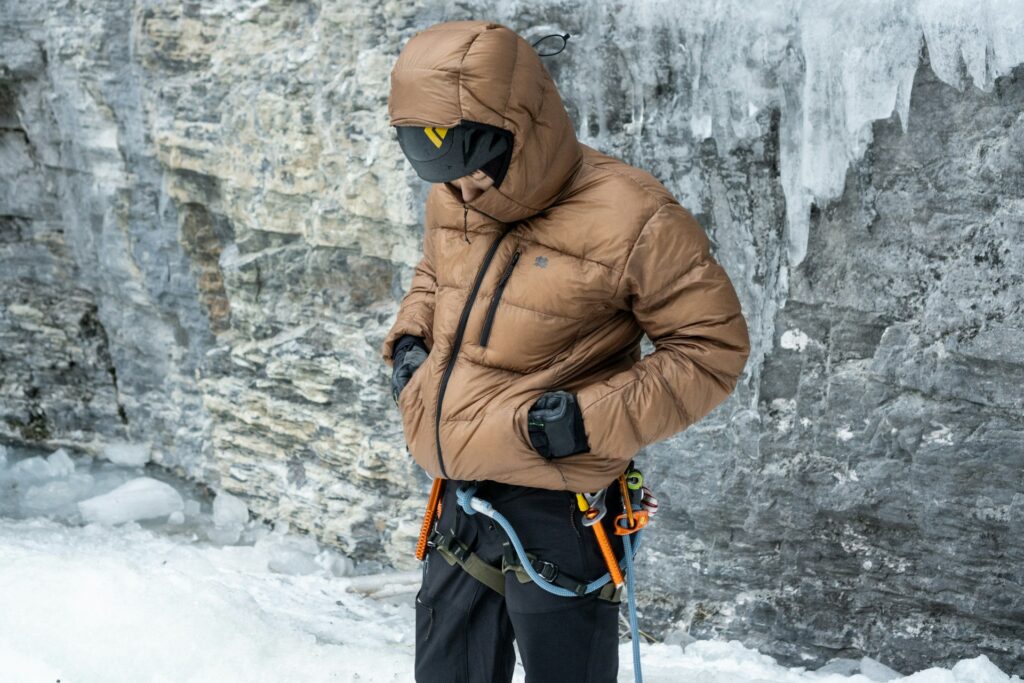
Your outer layer serves as your primary defense against environmental challenges, making it crucial to select options appropriate for the specific conditions you’ll face. For rainy climates, waterproof-breathable membranes like Gore-Tex, eVent, or proprietary technologies from outdoor brands offer the essential combination of water resistance and breathability that prevents both external moisture penetration and internal condensation. In windy conditions, tightly woven synthetic fabrics or softshell materials provide effective wind blocking while maintaining better breathability than fully waterproof options. For extreme cold, look for shells with added insulation or room to accommodate thicker mid layers underneath, ensuring you don’t compress your insulating layers. The ideal outer shell includes practical features like adjustable hoods, ventilation zippers, sealed seams, and strategically placed pockets that enhance functionality without adding unnecessary bulk or weight that might restrict movement or create uncomfortable pressure points during extended wear.
Layering for Cold Winter Climates

Winter conditions demand a strategic approach to layering that prioritizes heat retention while managing the moisture that inevitably results from activity. Start with a thermal base layer made from merino wool or synthetic materials designed specifically for cold weather, ensuring complete coverage with long sleeves and full-length bottoms. Add a substantial mid layer such as a down jacket, heavy fleece, or synthetic insulated piece that provides significant warmth without excessive bulk. Top this with a windproof and waterproof outer shell that shields you from precipitation and blocks cutting winds that would otherwise pierce through your insulation layers. Don’t neglect extremities, which lose heat rapidly—insulated waterproof boots, thermal socks, insulated gloves, and a warm hat covering your ears are all essential components of an effective winter layering system. Remember that winter layering allows for adjustment—you may need to remove layers during periods of exertion to prevent overheating and sweating, which could lead to dangerous chilling once activity levels decrease.
Adapting Layers for Mild Spring and Fall Weather

Transitional seasons present unique layering challenges due to temperature fluctuations that can span from near-freezing mornings to warm afternoons within a single day. For these conditions, start with a lightweight base layer that provides minimal insulation but excellent moisture management to handle varying activity levels. Choose versatile mid layers that can be easily added or removed as conditions change—lightweight fleece pullovers, packable synthetic vests, or thin wool sweaters offer warmth without excessive bulk. Your outer layer should prioritize wind and light rain protection while maintaining excellent breathability—softshell jackets or lightweight rain shells typically serve this purpose well. The key to successful shoulder season layering is portability—each component should be lightweight and compressible enough to fit in a small backpack or tie around your waist when not needed, allowing you to adapt quickly to changing conditions without being burdened by bulky excess clothing that becomes impractical to carry once removed.
Summer Layering: Staying Cool While Protected
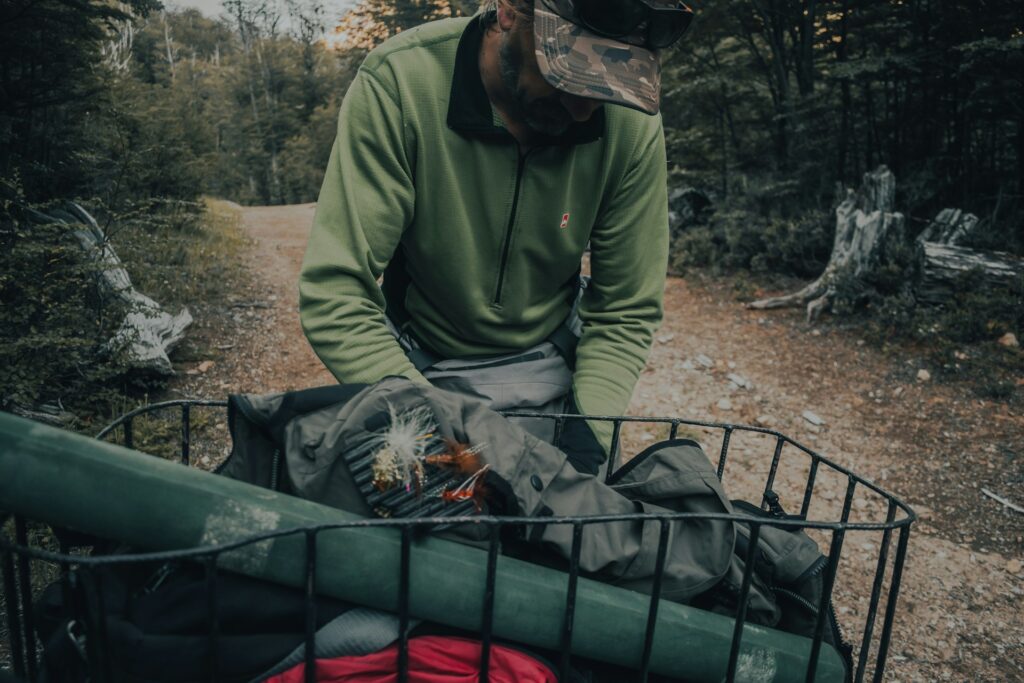
Contrary to popular belief, strategic layering remains valuable even in hot summer conditions, focusing on protection rather than insulation. Start with a moisture-wicking base layer made from ultralight synthetic fabrics or natural options like lightweight merino wool that pulls sweat away from your skin to enhance evaporative cooling. For sun protection, consider lightweight long-sleeve options with UPF ratings that shield your skin from harmful UV rays without causing overheating. Instead of insulating mid layers, summer calls for loose, breathable garments that promote air circulation—lightweight button-ups or technical t-shirts made from quick-drying fabrics serve this purpose effectively. Your outer layer, if needed, should be an ultralight, packable wind/rain shell that can be deployed during unexpected weather changes or evening temperature drops. Summer layering success depends on choosing fabrics specifically designed for heat—look for technical features like mesh ventilation panels, antimicrobial treatments to control odor during sweaty conditions, and compression-resistant materials that maintain their shape despite high humidity.
Layering for High-Intensity Activities
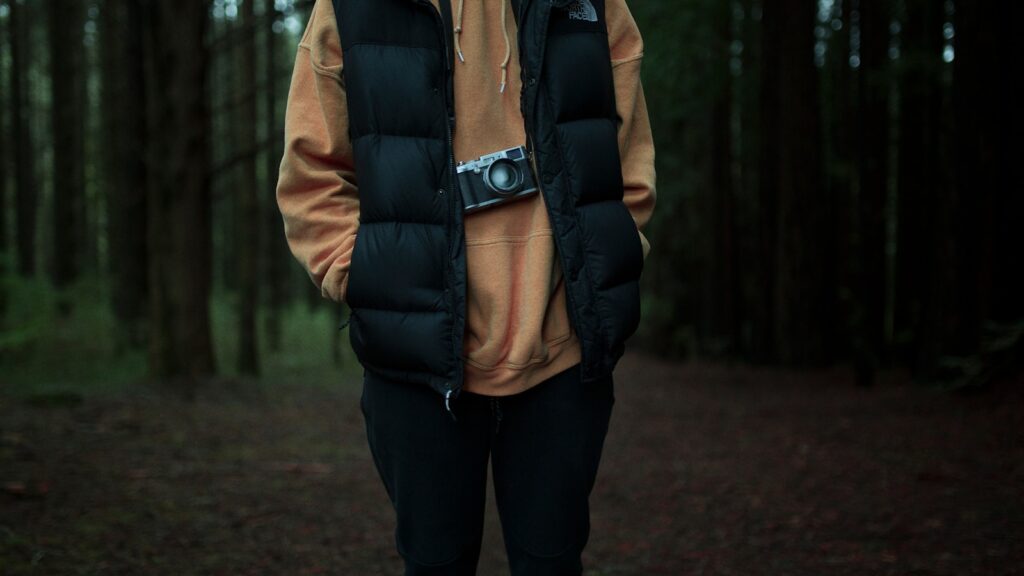
Activities that generate significant body heat require specialized layering approaches that prioritize moisture management and adaptability. Start with highly technical base layers specifically designed for athletic performance, featuring enhanced wicking capabilities and strategic ventilation zones that prevent overheating during exertion. Adopt the “start cold” principle—begin your activity feeling slightly chilly, as your body will quickly generate enough heat to reach comfortable temperatures once you’re moving. Choose mid and outer layers that can be easily vented or completely removed during activity peaks, such as jackets with substantial underarm zips or convertible designs that allow quick adaptation. Pack layers in highly accessible locations so you can rapidly add insulation during rest periods when your body heat production drops and you become vulnerable to rapid cooling. For activities like skiing, climbing, or winter running, consider specialized active insulation pieces engineered to breathe during exertion while still providing critical warmth—these hybrid garments help bridge the gap between traditional insulating layers and the high breathability needed during aerobic activities.
Layering for Travel Through Multiple Climate Zones

Travelers face unique layering challenges when journeying through diverse climate zones or dealing with environments that differ dramatically from their home regions. Build a versatile travel wardrobe around multifunctional pieces that serve multiple purposes—convertible pants, reversible jackets, and garments with adjustable features maximize versatility while minimizing packing volume. Prioritize lightweight, wrinkle-resistant fabrics that can be easily hand-washed and quick-dried in hotel bathrooms, allowing you to maintain cleanliness with minimal clothing items. Research your destinations thoroughly to understand specific climate considerations—tropical travelers need lightweight, breathable options with insect and sun protection, while those heading to variable mountain regions need to prepare for dramatic temperature shifts between day and night. Consider the compression vacuum bags that allow you to pack bulkier insulating layers into surprisingly small spaces, making it practical to bring cold-weather gear even when much of your journey involves warmer climates that wouldn’t otherwise justify carrying such items.
Layering Fabrics: Natural vs. Synthetic Materials
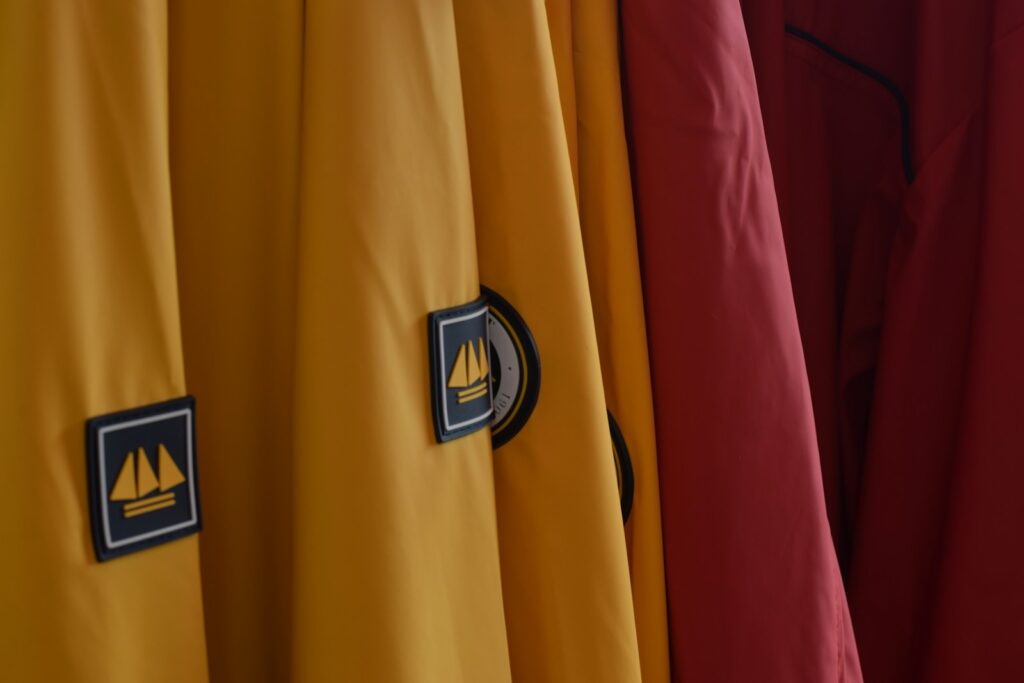
The natural versus synthetic fabric debate presents important tradeoffs that impact your layering strategy for different environments and activities. Natural fibers like merino wool offer excellent temperature regulation, remarkable odor resistance that allows extended wear between washes, and a comfortable feel against the skin that many prefer for longer duration activities. Cotton, while comfortable in dry conditions, becomes problematic when wet by losing insulating properties and drying extremely slowly—making it potentially dangerous in cold environments where it can contribute to hypothermia. Synthetic materials like polyester, nylon, and their specialized derivatives excel in moisture management, offering superior wicking and quick-drying capabilities that make them ideal for high-intensity activities or humid environments. Advanced synthetic insulations like PrimaLoft and Thinsulate provide reliable warmth even when wet, offering crucial performance advantages in damp conditions where down insulation would collapse and lose effectiveness. Many modern technical garments incorporate blended fabrics that aim to capture the benefits of both worlds—merino-synthetic blends, for example, offer the comfort and odor resistance of wool with the durability and quick-drying properties of synthetics.
Specialized Layering for Extreme Environments

Extreme environments—whether arctic expeditions, high-altitude mountaineering, or desert traverses—demand specialized layering approaches that address unique environmental challenges. In extreme cold, consider adding a fourth “heavy insulation” layer between your mid layer and shell, often consisting of a substantial down parka that provides critical warmth during static periods when body heat production decreases. High-altitude environments require protection from intense solar radiation—incorporate sun-protective fabrics with high UPF ratings, even in cold conditions where sun exposure might not seem like an obvious threat. Desert environments demand dual-purpose layering that shields from intense daytime sun while providing warmth during dramatically colder nights—lightweight, full-coverage garments that reflect solar radiation while allowing maximum ventilation serve this purpose effectively during daylight hours. For wet, cold environments like maritime climates or winter rain, prioritize synthetic insulation and shell layers with the highest available waterproof ratings, as these conditions present some of the most challenging scenarios for maintaining thermal regulation. Regardless of the extreme environment, redundancy in critical layers provides essential security—carry backup options for your most important pieces to ensure system functionality even if primary garments become damaged or compromised.
Sustainable and Ethical Layering Choices
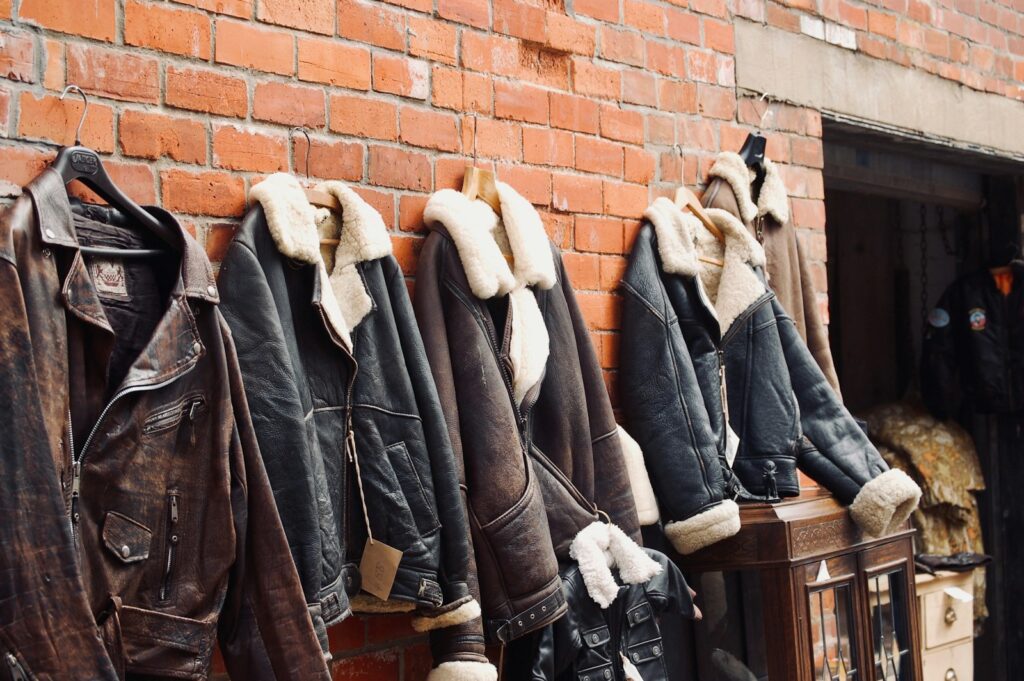
As environmental consciousness grows, many outdoor enthusiasts are embracing sustainable approaches to building their layering systems without compromising performance. Look for recycled synthetic materials that maintain technical properties while diverting plastic waste from landfills and oceans—many leading outdoor brands now offer fleece, insulation, and shell fabrics made substantially or entirely from recycled sources. For down insulation, seek products certified by the Responsible Down Standard (RDS) or Global Traceable Down Standard (Global TDS) that ensure ethical sourcing without live-plucking or force-feeding of birds. Consider the longevity and repairability of garments—high-quality pieces with comprehensive manufacturer repair programs may have higher upfront costs but provide better value and environmental performance over their extended lifespans. Many technical garment manufacturers now offer take-back programs that recycle or repurpose used clothing, creating circular systems that minimize environmental impact while still meeting the performance demands of serious outdoor activities. By investing in thoughtfully produced, durable layering pieces from companies with transparent supply chains and environmental commitments, you can build a technical wardrobe that aligns with both performance needs and personal values.
Layering for Style Without Sacrificing Function
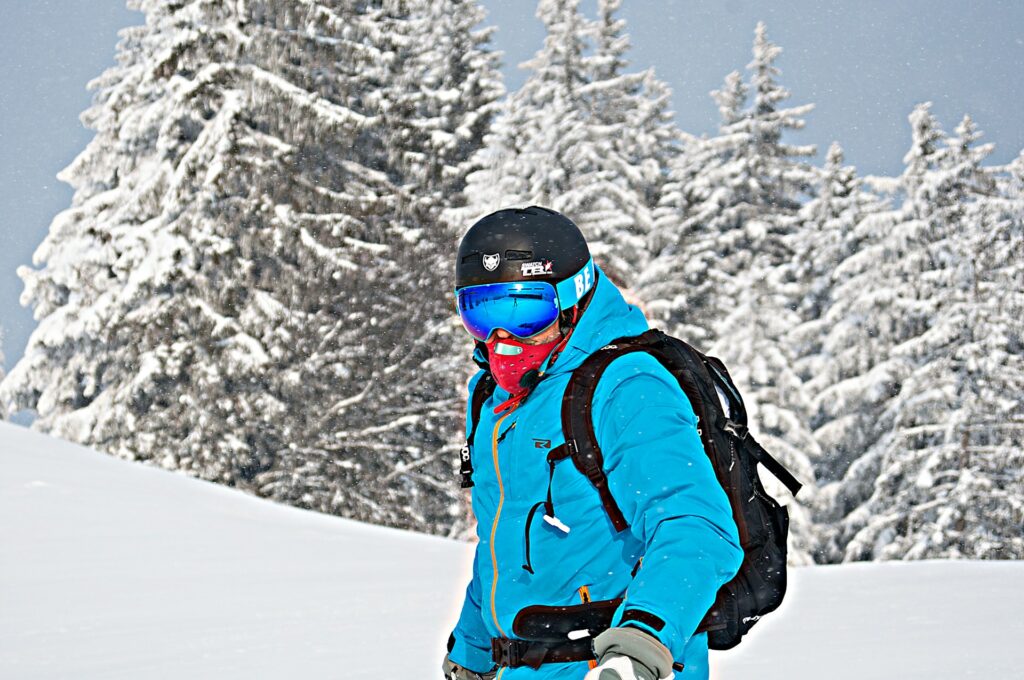
Technical layering doesn’t have to mean sacrificing aesthetics—modern outdoor apparel increasingly bridges the gap between performance and style, allowing for systems that work equally well on mountain trails and city streets. Look for versatile pieces in neutral colors that coordinate easily across your wardrobe, maximizing the possible combinations from a limited selection of garments. Consider the silhouette created by your layering system—slim-fitting base and mid layers paired with slightly more generous outer shells create a clean look that avoids the bulky “outdoor gear” appearance that can seem out of place in urban settings. Many technical fabrics now come in heathered textures, subtle patterns, and matte finishes that provide visual interest while maintaining performance properties. Accessories offer opportunities to introduce personal style—scarves, hats, and gloves can add distinctive touches to otherwise functional outfits while still serving their essential protective purposes. The growing “outdoor lifestyle” category specifically addresses this intersection of performance and aesthetics, with brands creating technically capable garments designed with intentional styling that transitions seamlessly between outdoor adventures and daily life.
Caring for Your Layering System

Proper maintenance of technical garments ensures optimal performance and extends the lifespan of your layering investments, saving money and reducing environmental impact over time. Follow manufacturer cleaning instructions carefully—many technical fabrics require special treatment like cold water washing, avoiding fabric softeners that can clog microscopic pores in breathable membranes, and specific drying procedures that maintain insulating properties. Waterproof shell layers periodically need reapplication of durable water repellent (DWR) treatments that maintain their ability to shed precipitation—this can be done at home with spray-on or wash-in products when you notice water beginning to soak into the fabric rather than beading on the surface. Store insulating layers uncompressed when not in use, particularly natural down which can permanently lose loft if kept compressed for extended periods. Address small repairs promptly before they become larger issues—many outdoor brands offer repair services, or you can use products like tenacious tape for field repairs of small tears and punctures. By investing time in proper care and maintenance, you’ll maximize both the performance and longevity of your technical layering system, ensuring it serves you effectively through countless adventures and changing seasons.
Mastering the art of layering empowers you to venture confidently into any climate or condition while maintaining comfort and protecting yourself from the elements. From the scientific principles that make layering effective to the specific applications across diverse environments, this adaptable approach to dressing serves adventurers and everyday travelers alike. By understanding how to select appropriate base layers, insulating mid layers, and protective outer shells for specific conditions, you create a flexible system that can be adjusted on the go as weather and activity levels change. Whether you’re navigating freezing mountain environments, humid tropical regions, or simply dealing with unpredictable seasonal transitions, the principles outlined in this guide provide a framework for building functional, comfortable layering systems that work in harmony with your body and the environment. With practice and attention to how different combinations perform in various conditions, you’ll develop an intuitive understanding of layering that enhances every outdoor experience.

